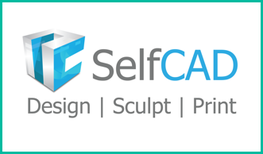
For any teacher, classroom, or Makerspace that is working with 3D printers, you know that the software that is used to design and print 3D objects can often be complicated and can have a significant learning curve.
SelfCAD is meant to provide the advanced features of robust 3D design platforms, while still being approachable and easy for students and teachers at all levels to pick up and use, without significant difficulty or training.
One of the best things about SelfCAD is that teachers and students can receive free accounts. And while in the future these free accounts may not contain the full suite of advanced features, for now they do. Plus, even without all the advanced features, SelfCAD is an excellent resource for introducing students to designing objects for 3D printing.
Probably the best place to start with SelfCAD is their “How to Get Started” YouTube playlist. These tutorials will walk you through the basics of getting started, using the workspace, creating objects, and so on.
One of the things that I love about SelfCAD is their collection of support resources and tutorials. Not only do they have basic tutorials on YouTube, but they also have quick video tooltips for every tool within the app.
What’s even better (in my opinion) is that they offer an entire collection of project based learning activities. This playlist covers their first course but you can also check out their SelfCAD University for additional collections of tutorials and projects.
So much of 3D printing in K-12 schools is seen more as “this is something cool” versus “this is something connected to the curriculum” and I believe their project-based learning tutorials really help connect 3D printing to topics in math, science, and engineering. Plus, they provide a practical way for students to connect to the material.
I won’t be digging into the actual technical specifics of using SelfCAD in this review, because I believe their online tutorials do an exemplary job of that. Suffice to say, it’s friendly, easy-to-use, and I didn’t run into any technical difficulties while working through their different tools and creating my own designs.
Some of my favorite tools were the drawing tool (which lets you essentially create 3D objects from scratch) and the sculpting tool (which works as it sounds, letting you sculpt away at an existing 3D object).
Version 2.0 Updates
1) An easy to use user interface with an improved Scene and Toolbar.
2) New selection modes which allow you to select your model with ease.
3) A simple objects view with both light and dark modes.
4) New sketching brushes which allow for the creation of various 3D profiles.
5) Improvements to both 3D and 2D Sketching and Free drawing.
6) The Measurement option has made it easier to design accurate Models.
Overall, for teachers, students, and anyone working in Makerspaces or with 3D printers, I absolutely recommend SelfCAD. It’s an excellent, feature-rich tool that combines the simplicity of tools like TinkerCad with more advanced options seen in tools like Blender.
It’s the perfect classroom resource for anyone interested in 3D modeling, or for more advanced students who are looking to take their designs to the next level. On top of all that, it’s a completely free resource for teachers and students. You can find out more on their Pricing Page by clicking “Student or Teacher? Learn how to apply for a free account.”
I was not compensated for writing this review.

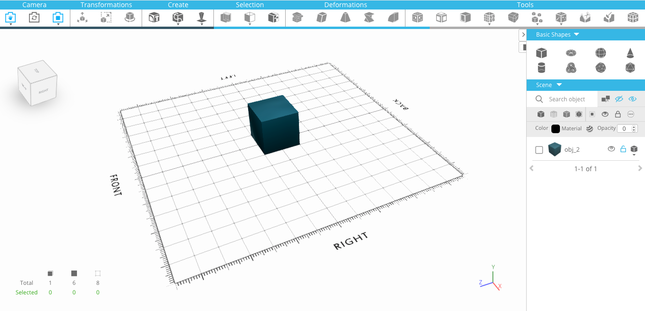

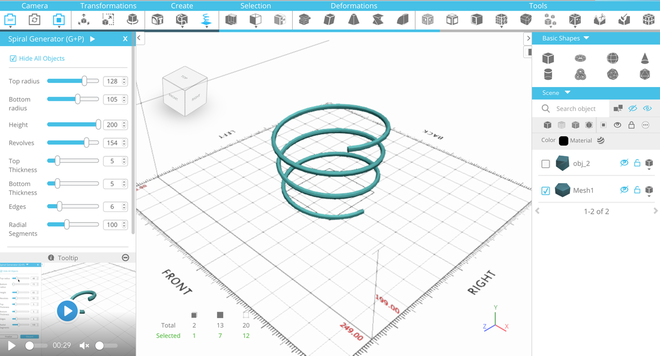



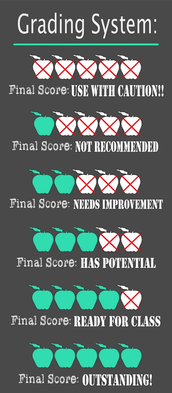





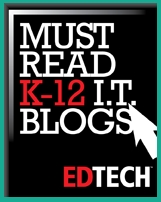

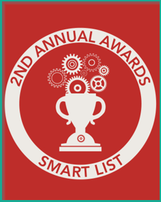


 RSS Feed
RSS Feed
